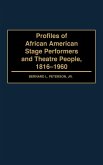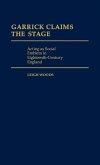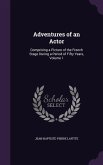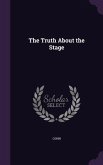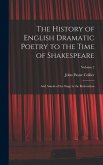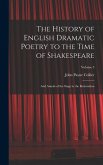?Bryan has compiled a comprehensive listing of some 4,000 theater artists by name and 2,500 biographies in English. It is intended as a supplement to other, similar research tools that lack references to book-length biographies and autobiographies. Stage Lives attempts to redress the shortcomings of its predecessors by citing references from 534 BC to the present, and listing the names of any persons connected with living, nonmechanical theater, including playwrights for whom biographical works or citations exist. In addition to itemizing collective and individual biographies and autobiographies, Bryan's book contains an index, complete with directions for its proper use, that provides stage, actual, and married names; birth and death dates, nationalities, and areas of specialization. The book's third section, an appendix entitled, Necrological Annals, ' illustrates, according to Bryan, the synchronicity of theatrical lives.' . . . A useful work. Community college level and up.?-Choice
Hinweis: Dieser Artikel kann nur an eine deutsche Lieferadresse ausgeliefert werden.
Hinweis: Dieser Artikel kann nur an eine deutsche Lieferadresse ausgeliefert werden.


